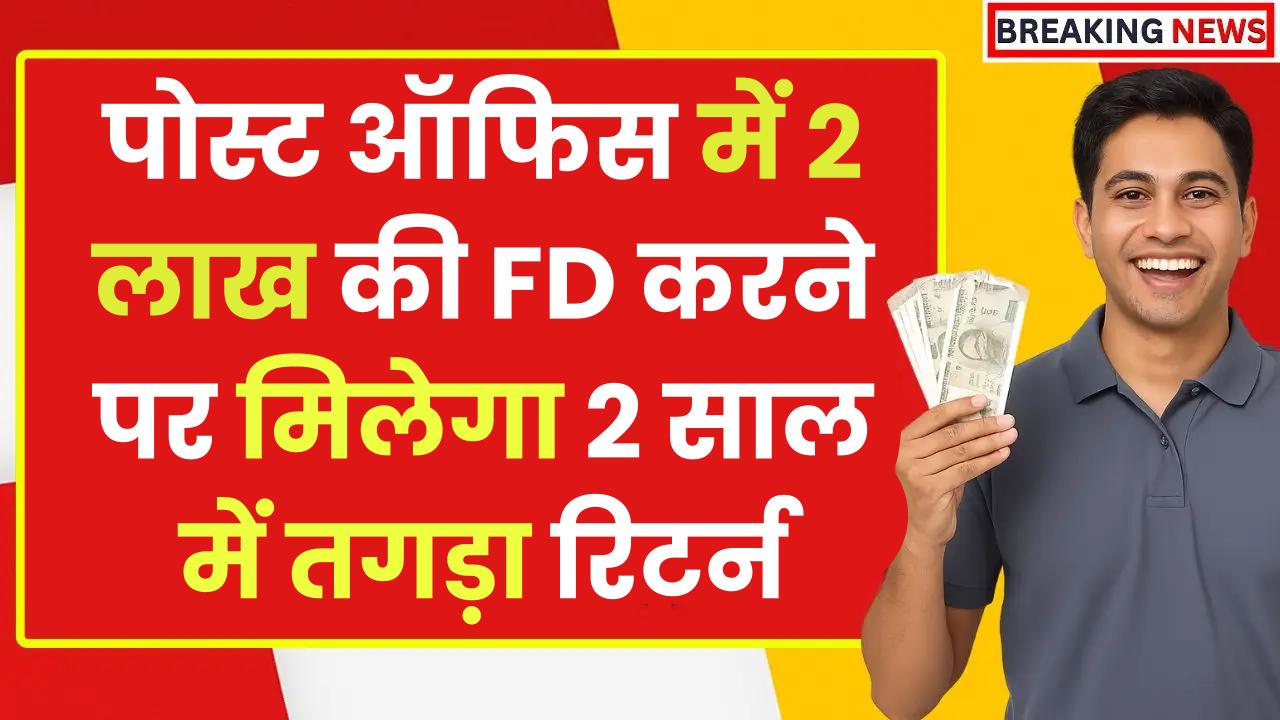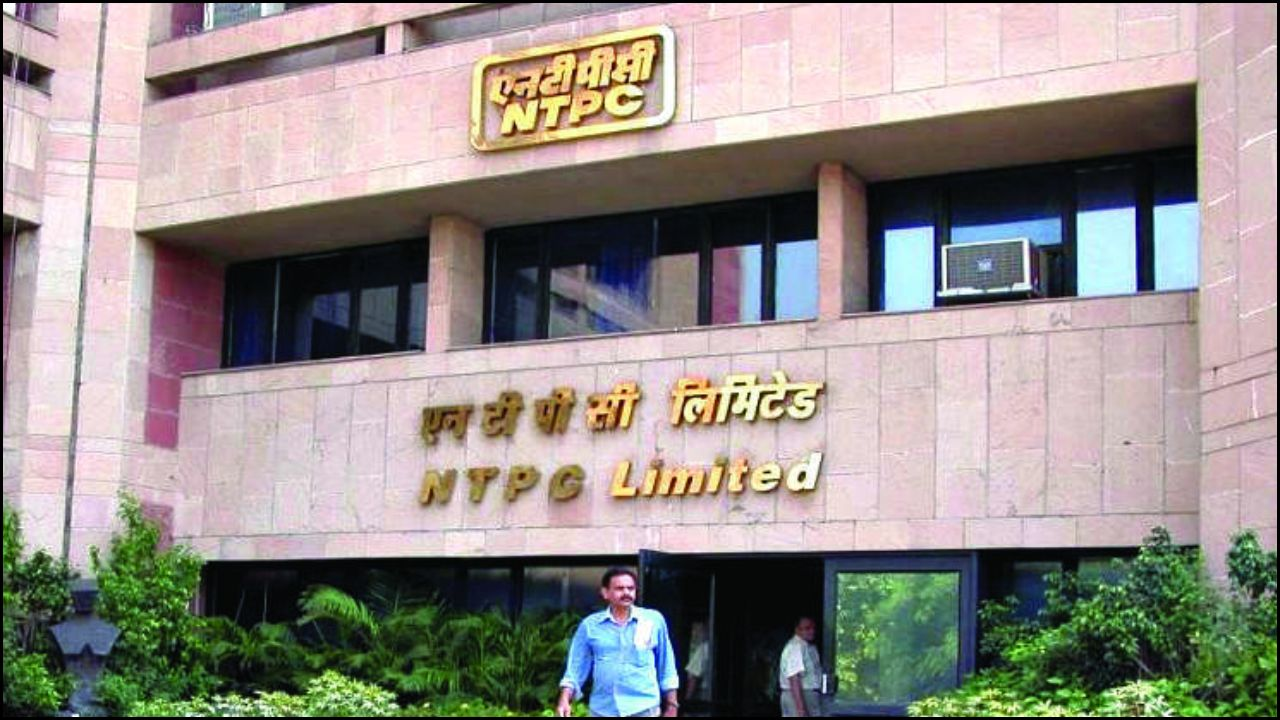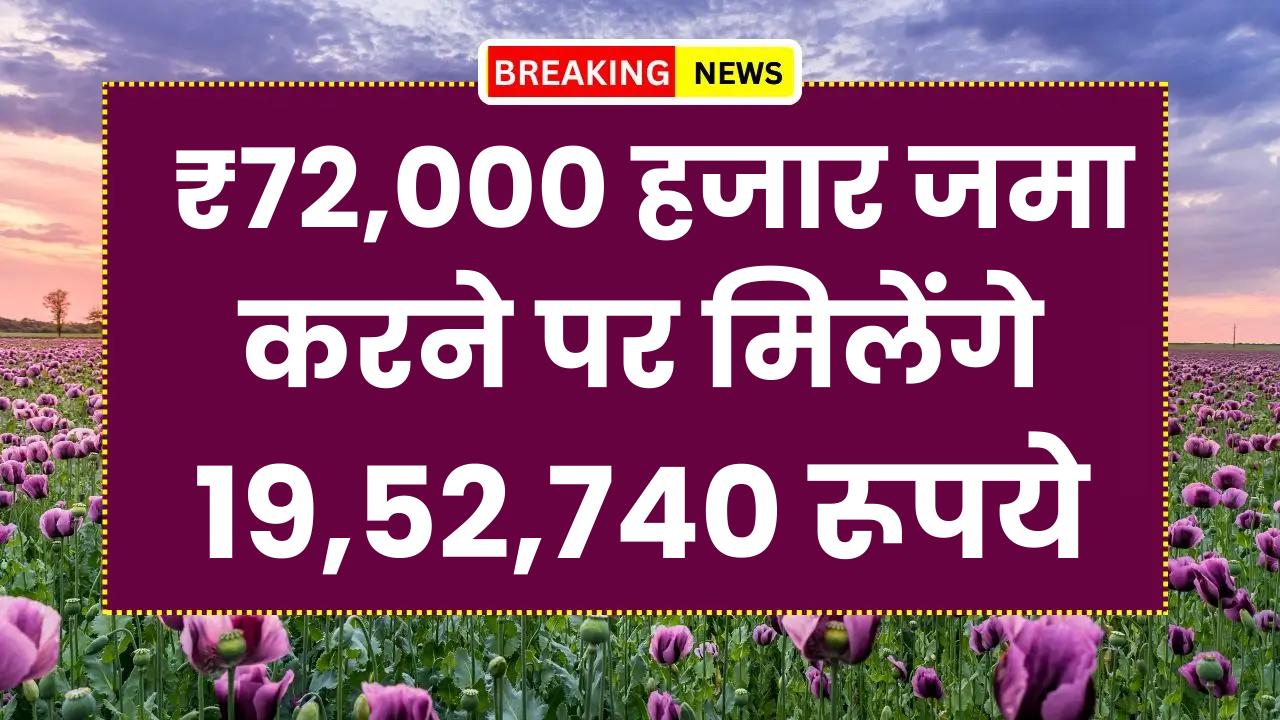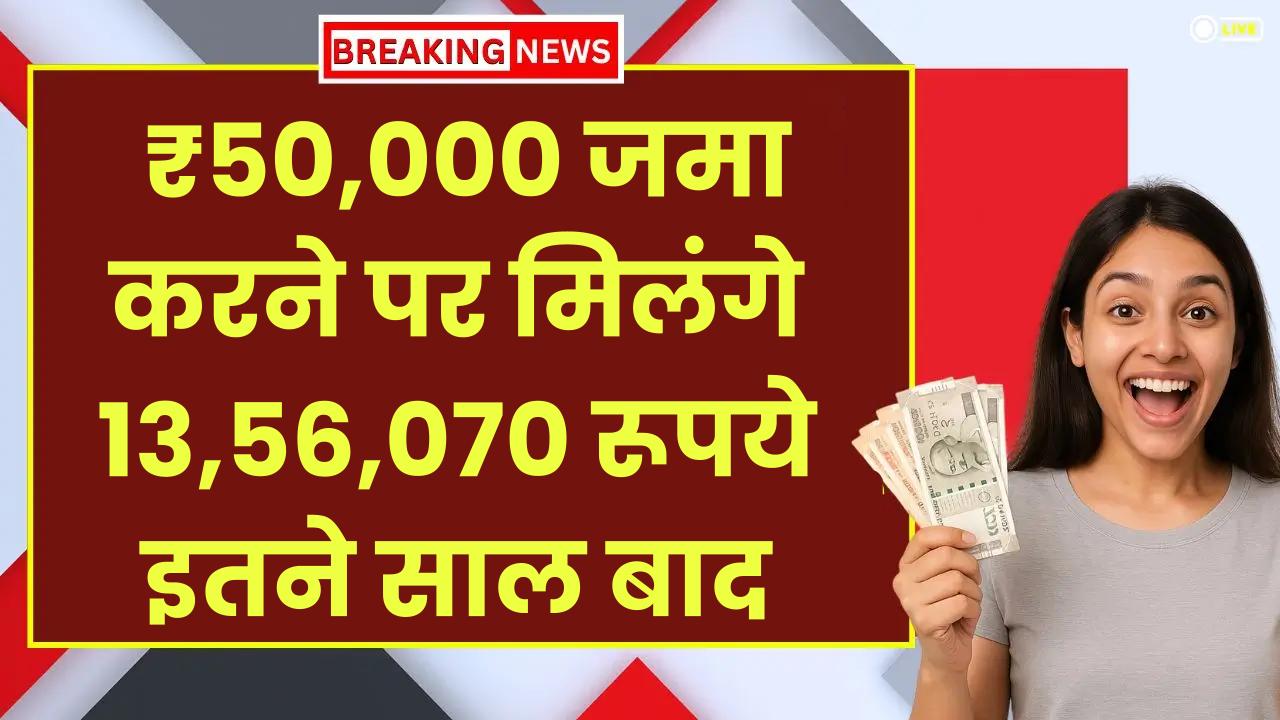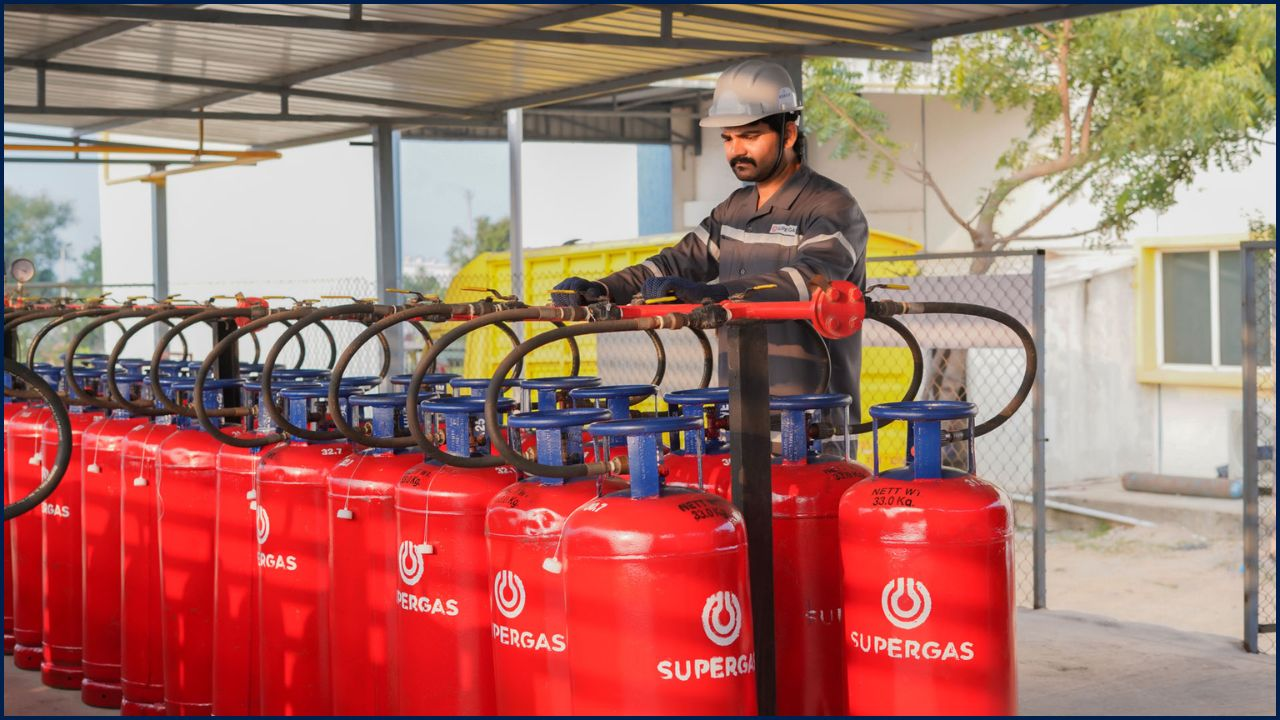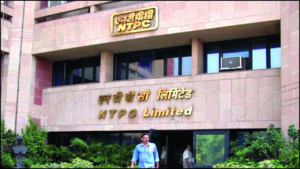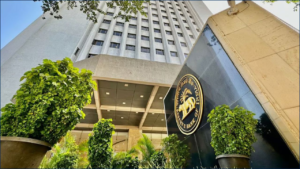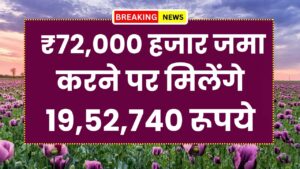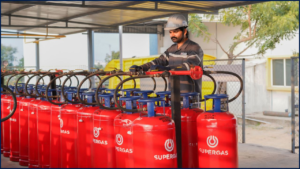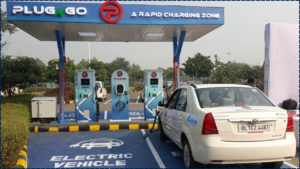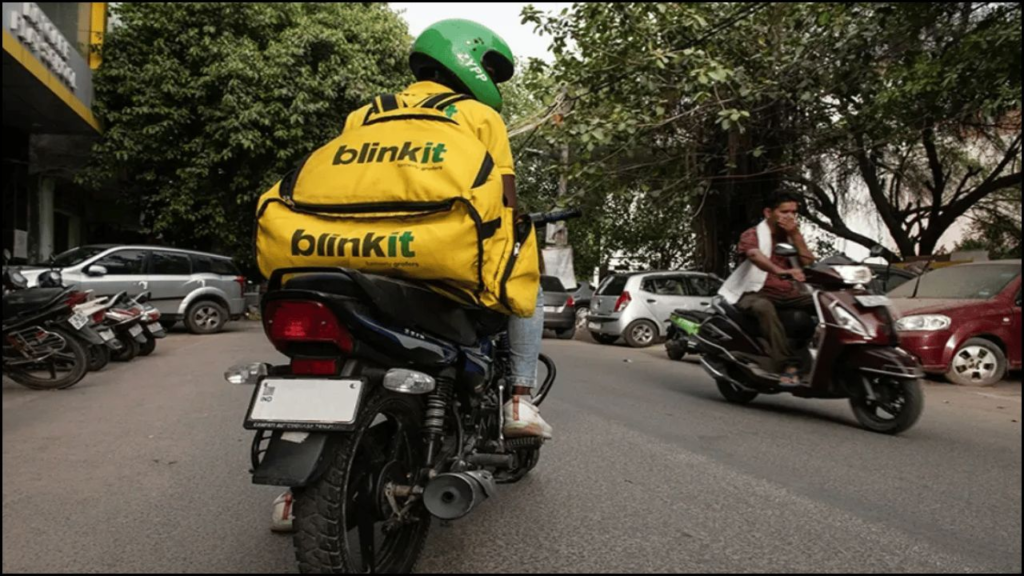
Quick commerce—the ultra-fast delivery of groceries and daily essentials—has rapidly become one of India’s defining retail trends. Led by young, urban consumers, platforms such as Blinkit, Zepto, and Swiggy Instamart are reshaping daily shopping habits. Yet, while demand is strong, concerns remain over profitability, labour safety, and sustainability.
From E-Commerce to Quick Commerce: A Rapid Evolution
India’s retail digitalisation began with large e-commerce players in the early 2010s. Platforms such as Flipkart and Amazon introduced online shopping to millions, followed by BigBasket’s grocery delivery model. These services, however, typically promised delivery in one or two days.
The pandemic altered expectations. With lockdown restrictions, households turned to online grocery platforms, and faster fulfilment became a competitive advantage. Startups pioneered the 10-minute model using dark stores, small warehouses located within residential clusters. This model soon spread across major metropolitan areas, transforming consumer behaviour.
Youth and Urban Demand at the Core
India’s youth population, with its high smartphone penetration and social media influence, is central to this surge. According to a 2024 Meta study, Indian consumers are increasingly comfortable with small-ticket, frequent purchases on quick commerce platforms.
For 25-year-old college student Rohan Mehta in Delhi, the appeal is convenience. “If I need snacks or even a phone charger, I can get it in ten minutes without leaving my hostel,” he said. Similar stories are repeated across India’s largest cities, where convenience increasingly outweighs traditional shopping routines.
Market Leaders and Competitive Landscape
Blinkit
Formerly known as Grofers, Blinkit has taken the lead. A 2025 Economic Times report citing Bank of America found the company holds over 50 per cent of India’s 10-minute delivery market. Its early investment in dark stores and integration with Zomato’s food delivery infrastructure has strengthened its dominance.
Zepto
Founded by two 19-year-old entrepreneurs in 2021, Zepto has scaled at extraordinary speed. Operating over 250 dark stores across major metros, Zepto has become a favourite among students and young professionals. Its branding campaigns explicitly target the youth demographic, emphasising speed and lifestyle convenience.
Swiggy Instamart
Leveraging its food delivery network, Swiggy Instamart has become a formidable player. Its strategy of bundling groceries with meal deliveries has increased cross-platform usage. Analysts say this ecosystem advantage could ensure its long-term resilience.
Other Entrants
BigBasket, backed by Tata, has launched “BB Now” to capture instant demand. Flipkart introduced “Minutes,” while Amazon started a 10-minute pilot service in Delhi in 2025. Analysts believe these moves could intensify competition but may also accelerate consolidation in the industry.
Global Context: India vs the World
India’s quick commerce surge mirrors trends in markets such as China, where Meituan pioneered ultra-fast delivery, and Europe, where Gorillas and Getir expanded rapidly. However, unlike in the United States, where quick commerce adoption has been slower, India benefits from urban density, a young population, and lower labour costs.
According to Reuters, India is now one of the largest quick commerce markets globally, highlighting both the scale of its cities and the appetite for instant services.
Challenges and Risks
Profitability Concerns
Despite growing usage, most quick commerce firms remain unprofitable. A 2025 Financial Times report noted that heavy subsidies, expensive warehousing, and high delivery costs place pressure on margins. Some experts warn that without sustainable business models, many players may face consolidation or collapse.
Worker Safety and Labour Rights
The model’s promise of 10-minute delivery has raised concerns for gig workers. Riders often face pressure to meet tight deadlines, leading to safety risks on congested roads. Labour rights groups have urged the government to mandate fair wages and safer working conditions for delivery staff.
Geographic Limitations
While metros offer dense demand, expansion into smaller cities presents logistical challenges. Lower population density reduces efficiency, making it difficult to replicate the 10-minute model outside Tier-I markets.
Environmental Impact
Rapid deliveries come at an environmental cost. Single-use packaging, increased vehicle trips, and unsold perishable inventory add to the sector’s carbon footprint. Sustainability advocates argue companies must adopt greener practices, such as electric delivery fleets and recyclable packaging.
Investment and Financial Outlook
Quick commerce has attracted billions in venture capital. Zepto raised significant funding rounds in 2023 and 2024, while Blinkit’s acquisition by Zomato underscored the sector’s strategic importance. Analysts speculate that leading firms may explore initial public offerings (IPOs) if growth sustains.
Yet, questions persist about valuations. “The business model is still searching for profitability,” said Ritesh Taneja, an analyst at Kotak Institutional Equities. “Investors are betting on long-term consumer behaviour, but margins remain thin.”
Regulatory Landscape
The Indian government has signalled growing interest in regulating gig economy workers. In 2022, the Code on Social Security introduced provisions for gig and platform workers, though implementation remains slow. Industry observers believe tighter regulation of wages, insurance, and working hours could reshape the sector’s cost structure.
Additionally, competition authorities may monitor consolidation as large e-commerce players expand into the space.
Future Outlook: Where Quick Commerce Goes Next
Experts suggest that the sector will evolve in three main ways:
- Expansion into Tier-II and Tier-III Cities: Delivery times may be adjusted to 20-30 minutes to fit local conditions.
- Diversification Beyond Groceries: Electronics, fashion, and medicines are potential growth categories.
- Technology-Driven Efficiency: Artificial intelligence for demand forecasting, route optimisation, and inventory control could reduce waste and improve margins.
Partnerships with neighbourhood kirana stores, facilitated by the Open Network for Digital Commerce (ONDC), may further integrate quick commerce into India’s retail ecosystem.
Conclusion
India’s quick commerce boom highlights the convergence of technology, urbanisation, and consumer demand. Blinkit, Zepto, and Swiggy Instamart have set the pace, but sustainability—both financial and environmental—remains the central question. As regulators, investors, and consumers shape the sector’s future, India’s experience may become a model for other emerging markets balancing speed, scale, and responsibility.

